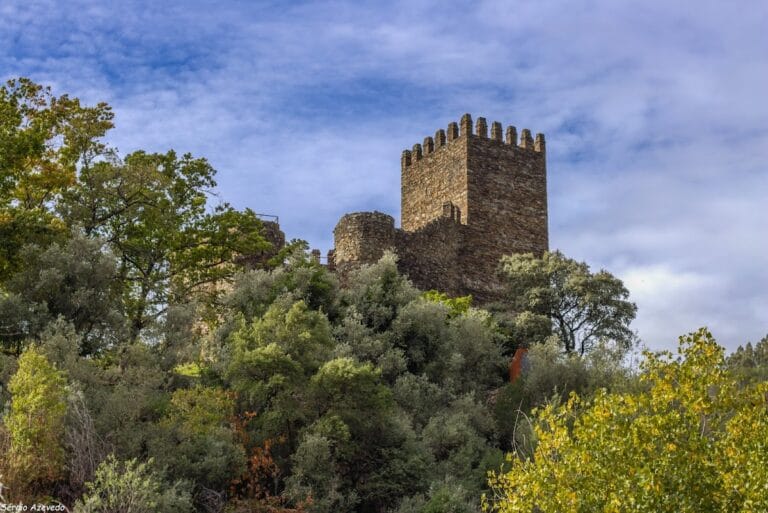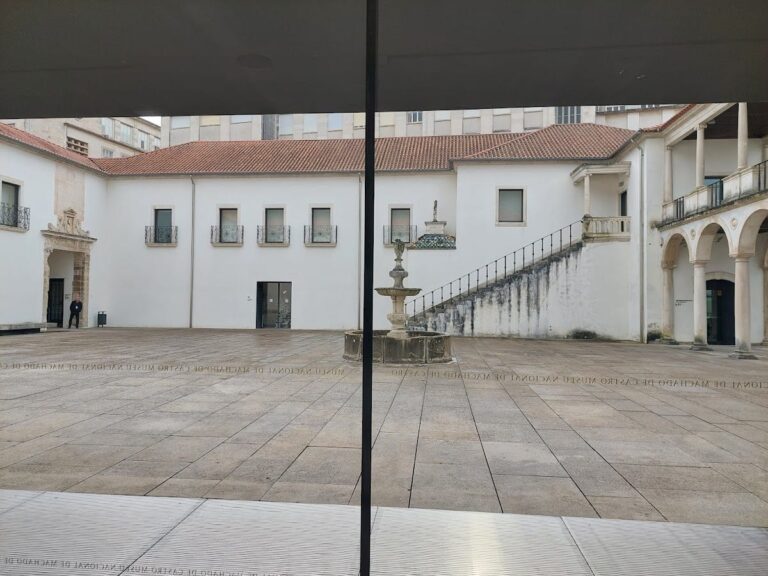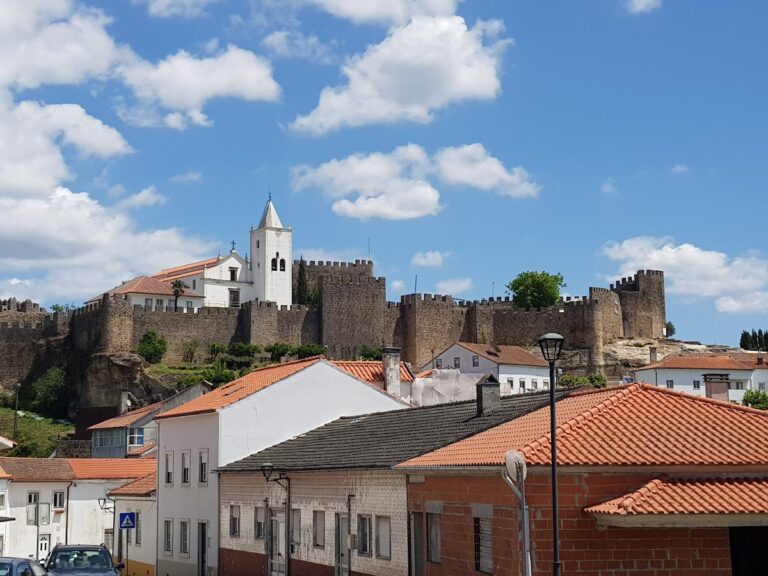Castle of Avô: A Historic Fortress in Oliveira do Hospital, Portugal
Visitor Information
Google Rating: 4.3
Popularity: Low
Google Maps: View on Google Maps
Country: Portugal
Civilization: Unclassified
Remains: Military
History
The Castle of Avô is situated in the municipality of Oliveira do Hospital, Portugal. Its origins go back to an Iron Age settlement associated with the Castro culture, later occupied by the Romans who integrated the site into their road network, linking it strategically between the settlements of Lancia Oppidana and Conímbriga.
In the year 412 AD, the region came under the control of the Alans, a group of Sarmatian origin who settled in parts of the Iberian Peninsula. Following this period, the territory fell to Muslim forces around 716, reflecting the wave of early Islamic invasions on the Iberian Peninsula. By the 11th century, the area was incorporated into the holdings of Count Sesnando Davides, an important figure linked to the County of Coimbra.
During the 12th century, Count D. Henrique granted Avô to the Bishop of Coimbra, marking its integration into ecclesiastical property. The earliest medieval fortress at Avô is believed to have been constructed in this period, possibly commissioned by his son, the first King of Portugal, D. Afonso Henriques. By 1187, the town had come under the possession of D. Urraca Afonso, who subsequently exchanged Avô for Aveiro with her brother, King D. Sancho I. Following this exchange, King Sancho I confirmed the town’s charter—referred to as a “foral”—in favor of the Bishop of Coimbra, defining its administrative status.
In the turbulent decades of the 13th century, the castle suffered destruction amid the conflicts between King D. Sancho II and his successor, King Afonso III. The ruins, however, did not remain long neglected. In the 14th century, King D. Dinis undertook a reconstruction of the fortress, rebuilding over the earlier remains uncovered through archaeological or physical evidence.
From the mid-19th century onwards, the castle fell into rapid decline. Starting in 1856, much of the stonework was quarried and repurposed for public infrastructure projects, including a nearby bridge over the Ribeira de Moura. This phase of dismantling led to the ruin of key structures, including the keep tower.
Efforts to preserve the castle began in 1942, initiating a series of repairs and stabilization works across the following decades. These included focused restoration of the chapel and paving in the 1960s and early 1970s. Official recognition of the site’s cultural value was formalized in 1963 when it was declared a Property of Public Interest. Later, in 1992, management of the castle was entrusted to the Portuguese Institute of Architectural Patrimony, overseeing its protection and conservation.
Remains
The Castle of Avô occupies a commanding position on a hill overlooking the village, near where the Alva and Moura rivers meet. The fortress features an irregular plan rooted in Gothic design principles that guided its layout during medieval reconstruction phases. The remaining defensive walls have polygonal-shaped merlons, which are the crenellations atop the curtain walls used for protection.
One of the most notable surviving architectural elements is the main gate, which has a pointed, or ogive, arch characteristic of the Gothic style. This gate measures approximately 3.5 meters high and 2.7 meters wide, suggesting it served as a formidable entrance to the stronghold. The gate’s enduring structure provides insight into medieval military architecture and controlled access to the interior.
Adjacent to the entrance lies the Chapel of São Miguel, dedicated to Archangel Michael. This chapel consists of a single nave ending in a presbytery—the area around the altar—and features a vaulted ceiling with two lateral niches, likely intended for religious statues or candles. The chapel was integrated within the castle’s walls, underscoring the close association between fortification and faith.
Over the centuries, much of the castle’s original masonry has been lost or removed for other uses, which has left the site in a largely ruinous state today. Despite this, the surviving walls and chapel provide a tangible connection to the fortress’s medieval past and its role in regional defense and ecclesiastical affairs. The layering of construction techniques and materials reflects its long history, from Iron Age fortifications through Roman occupation to medieval rebuilding and later modifications.










